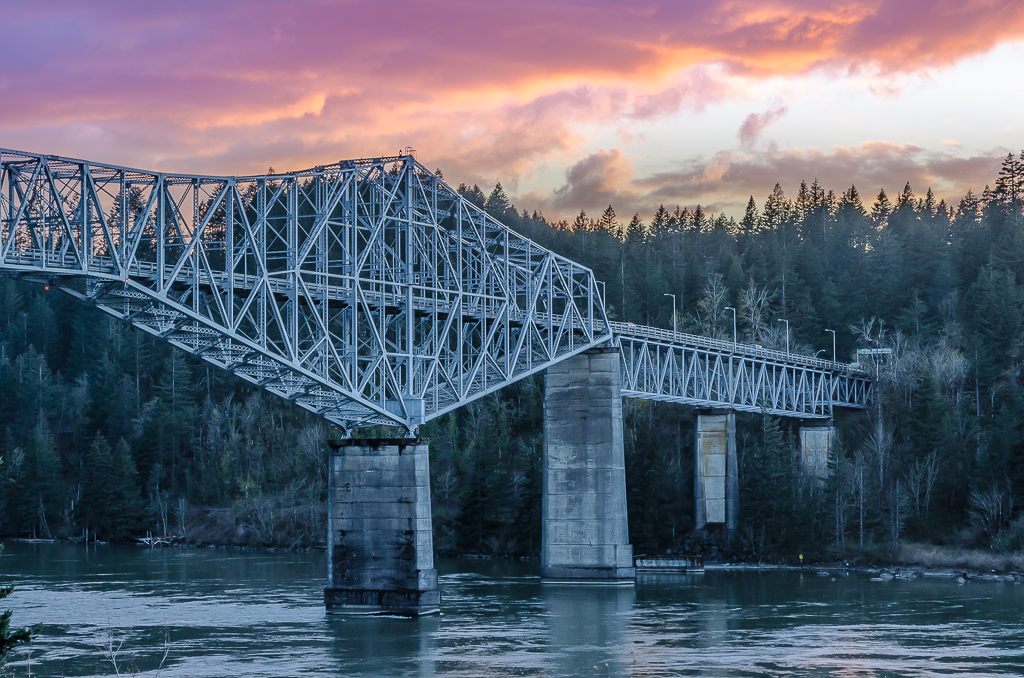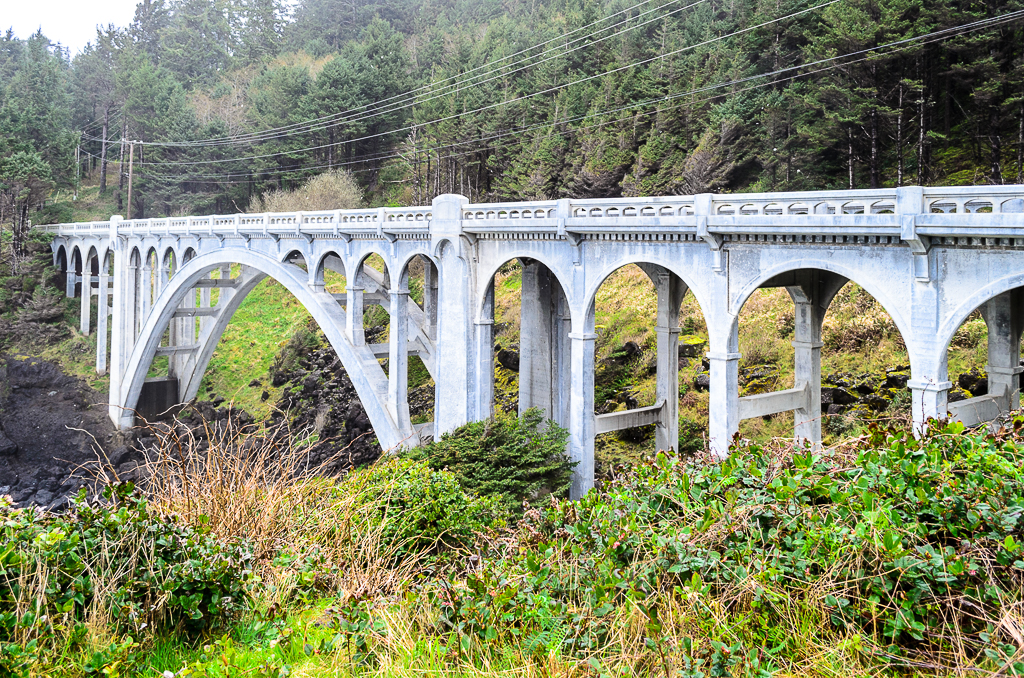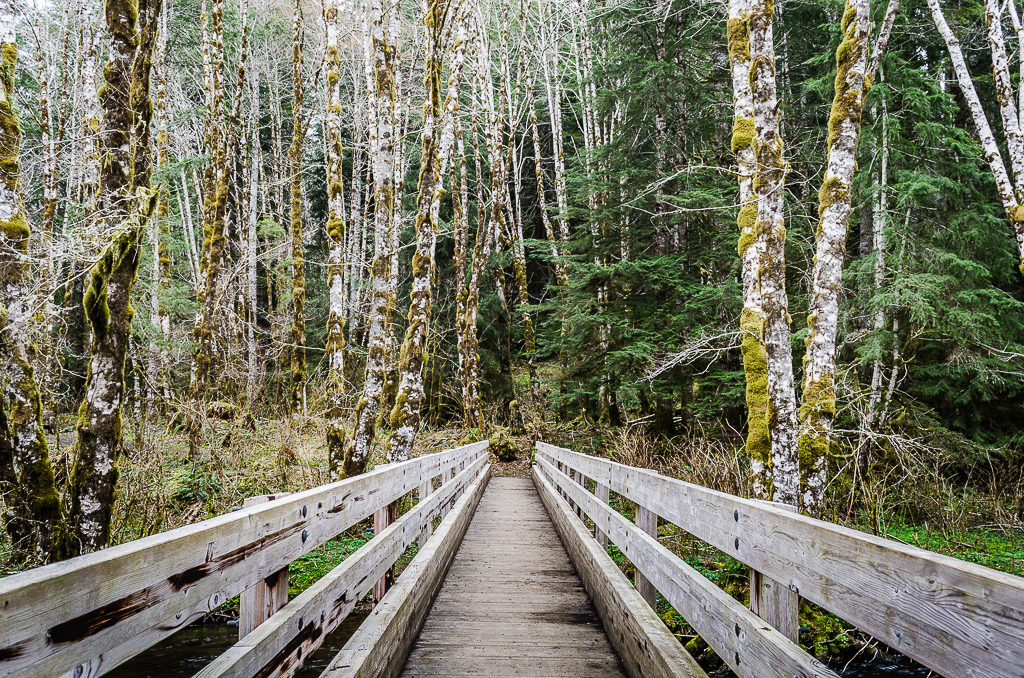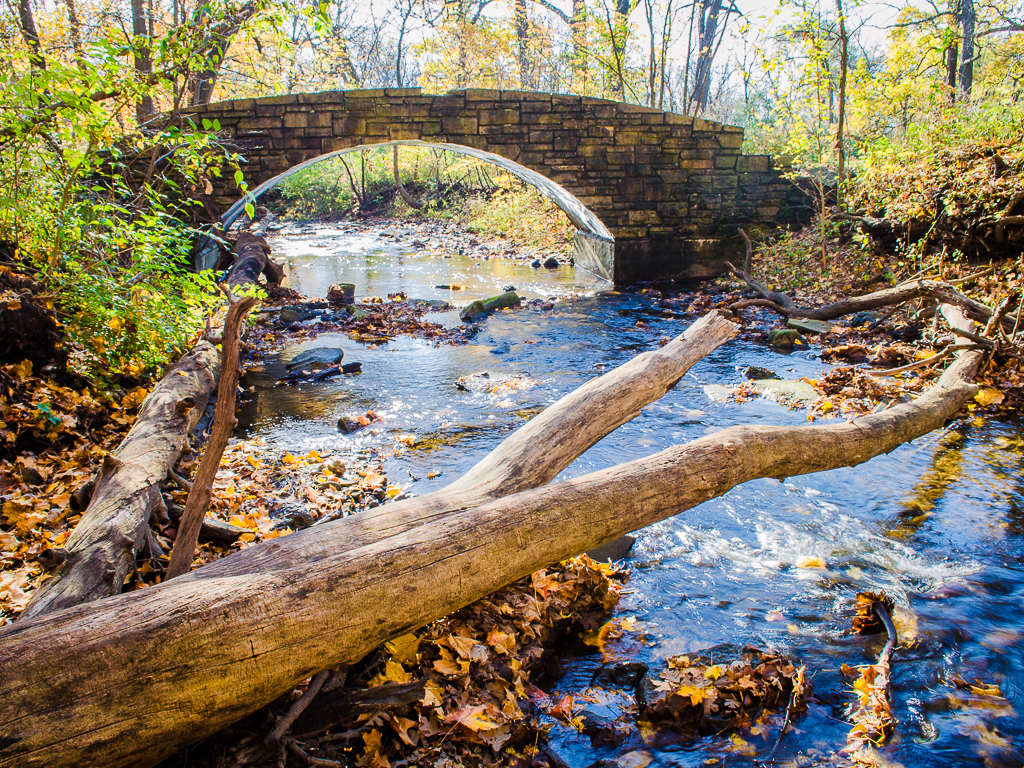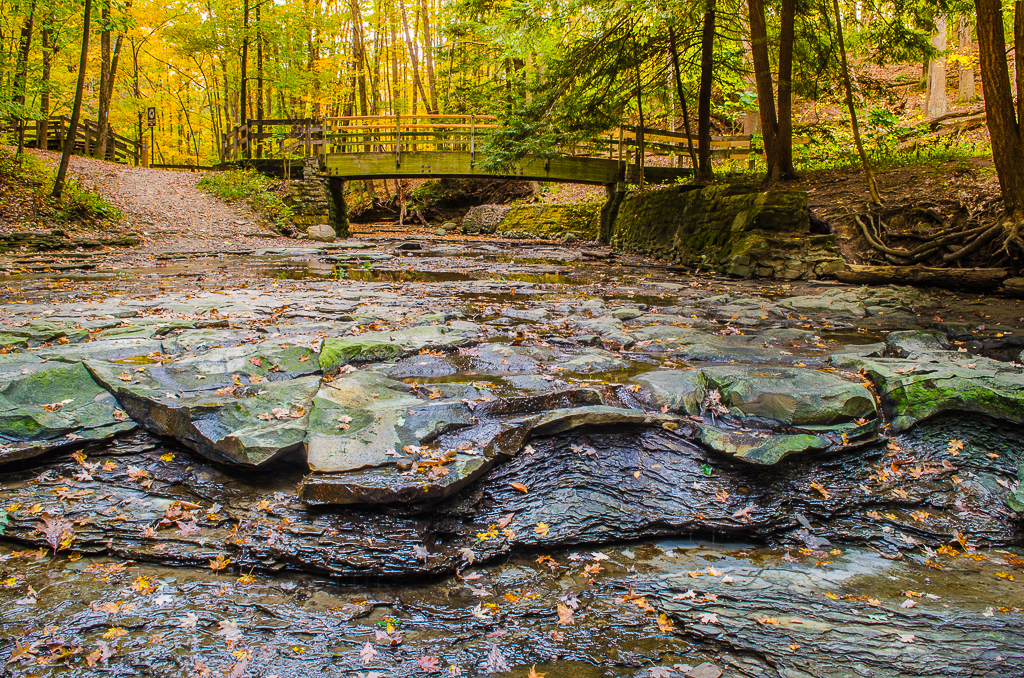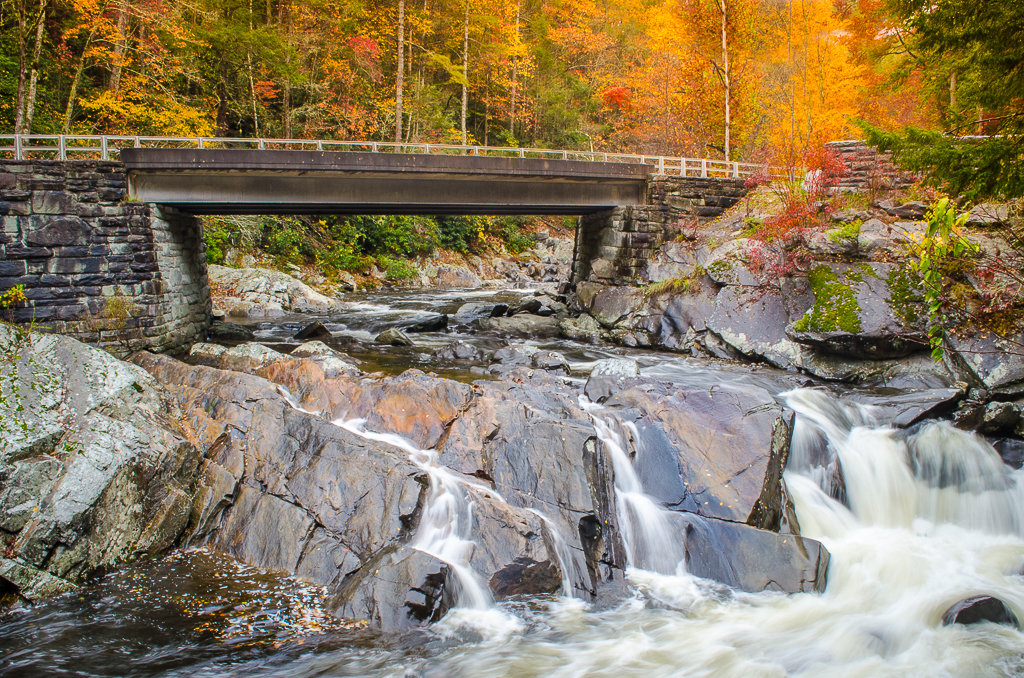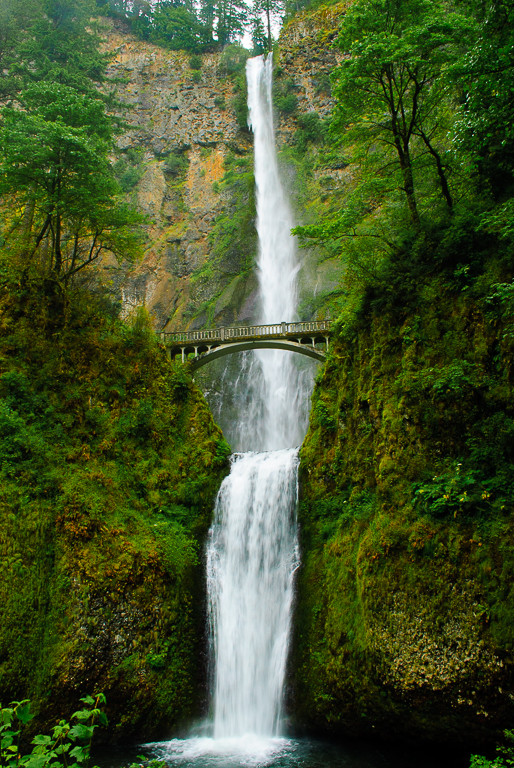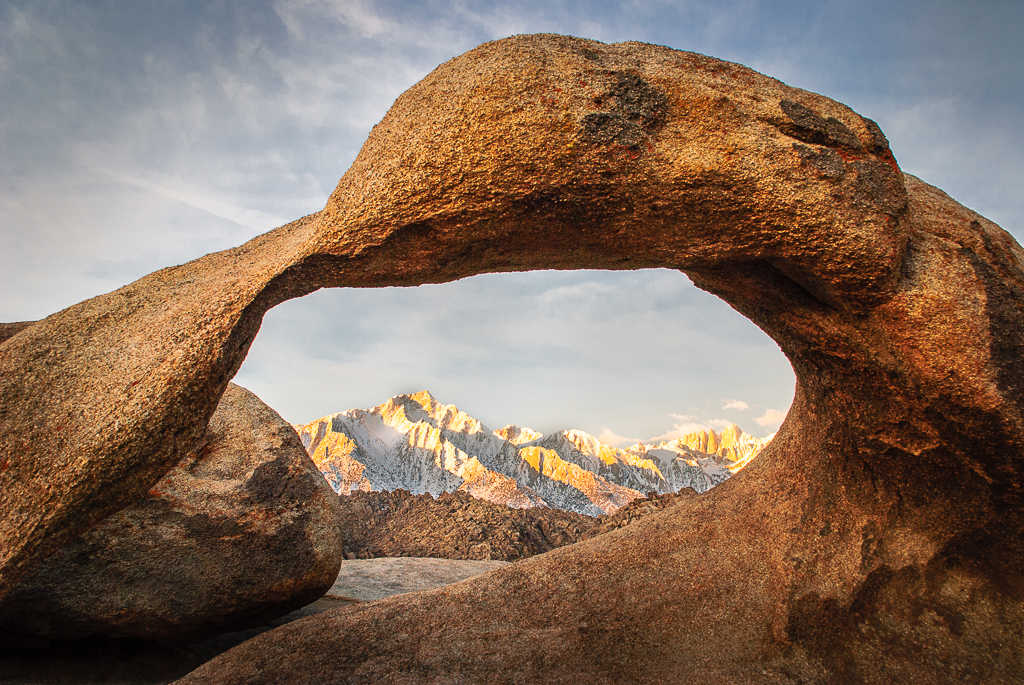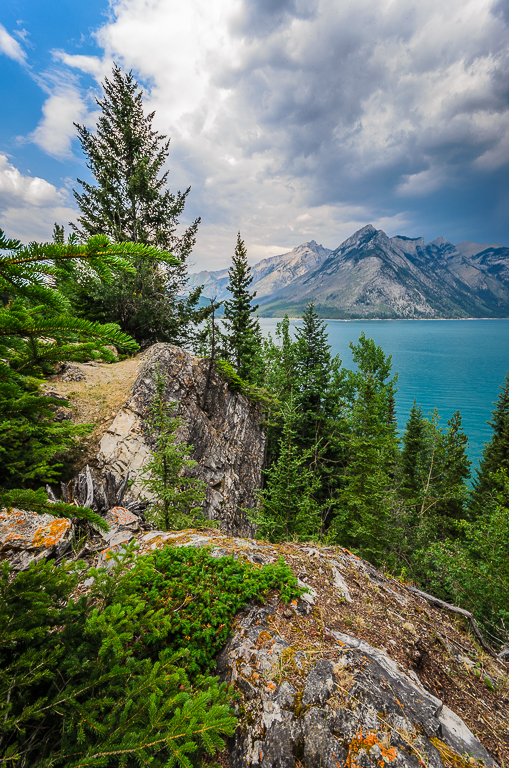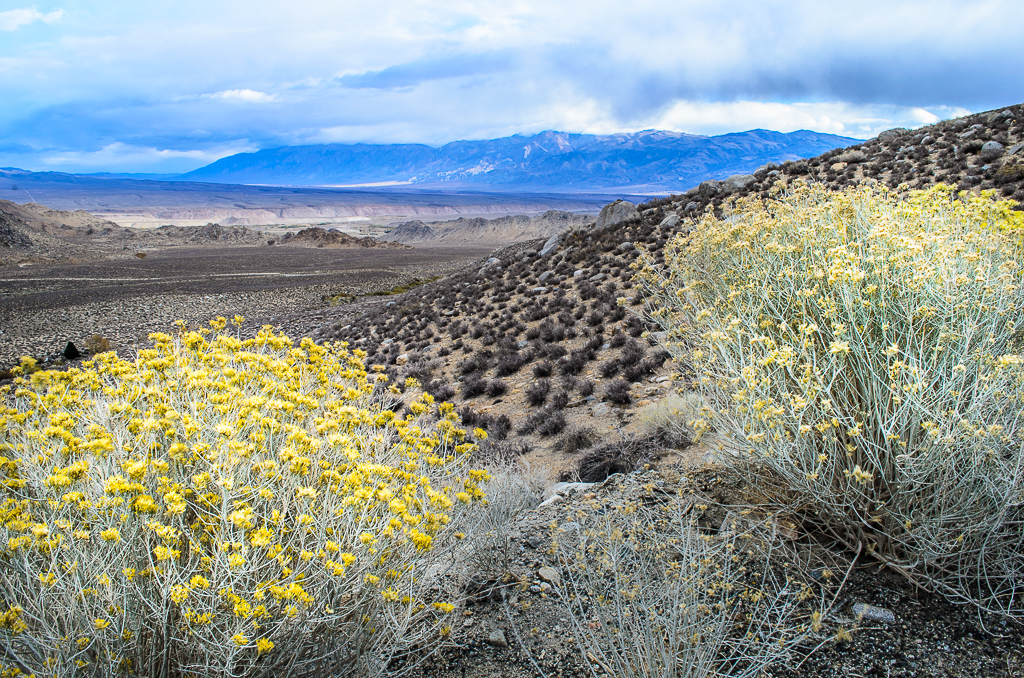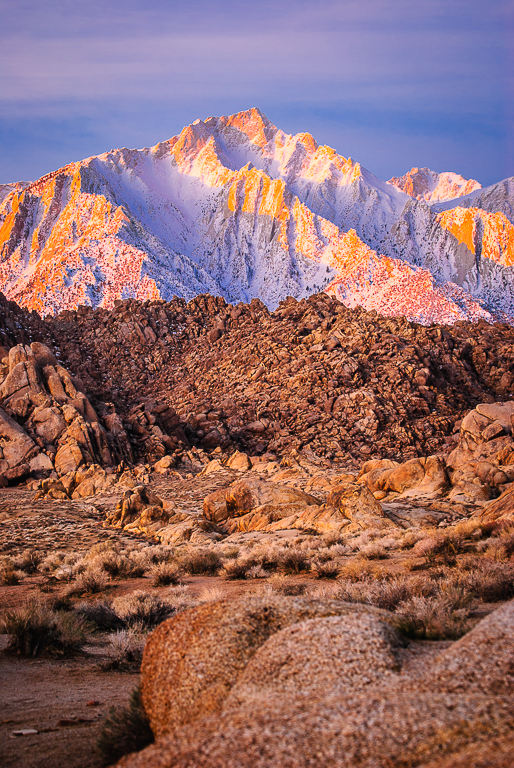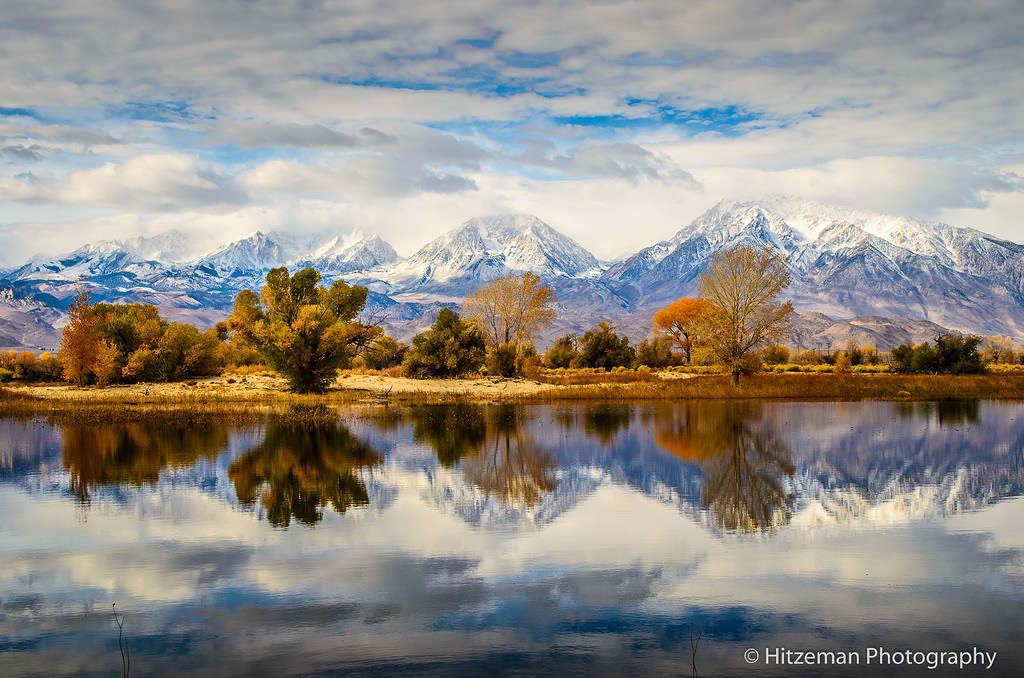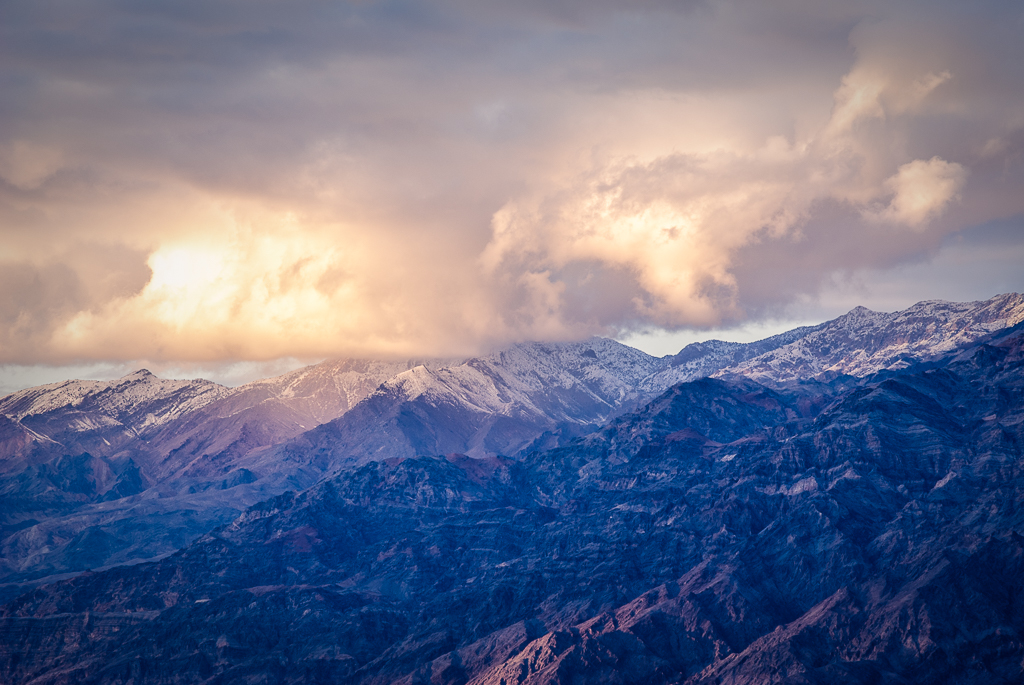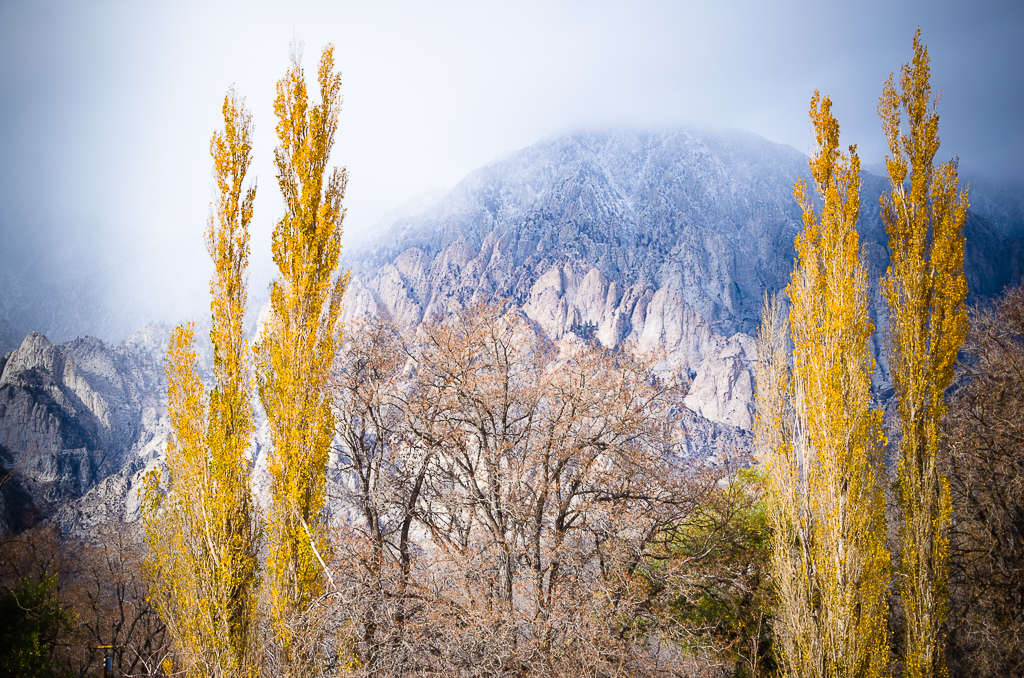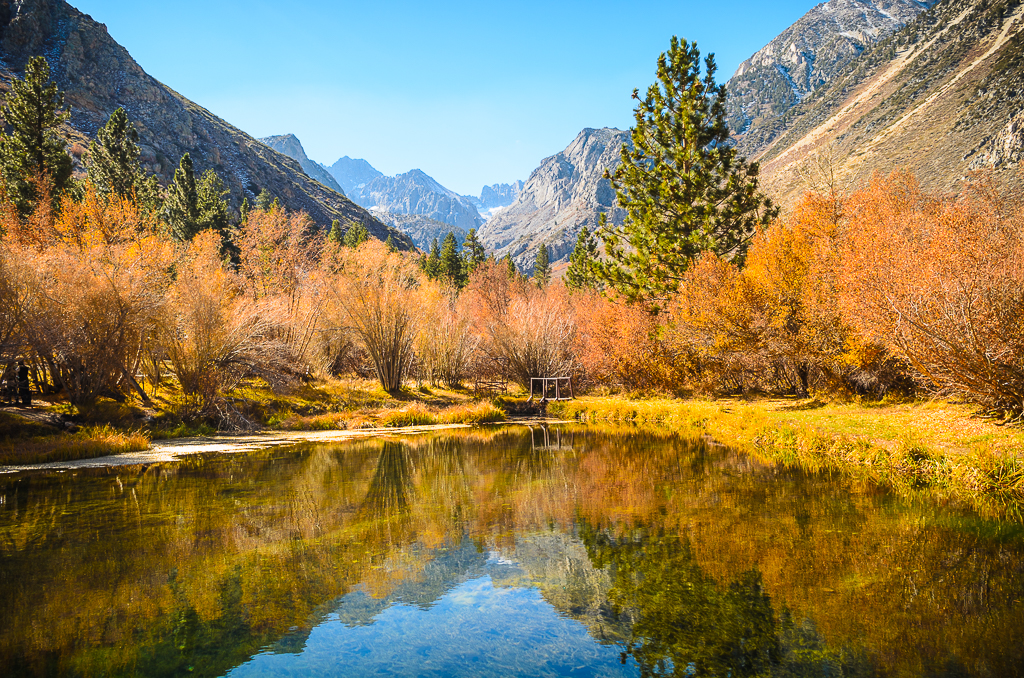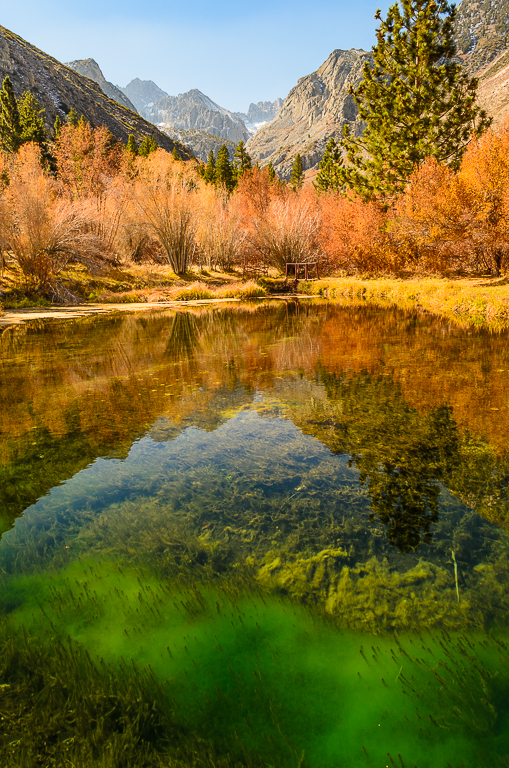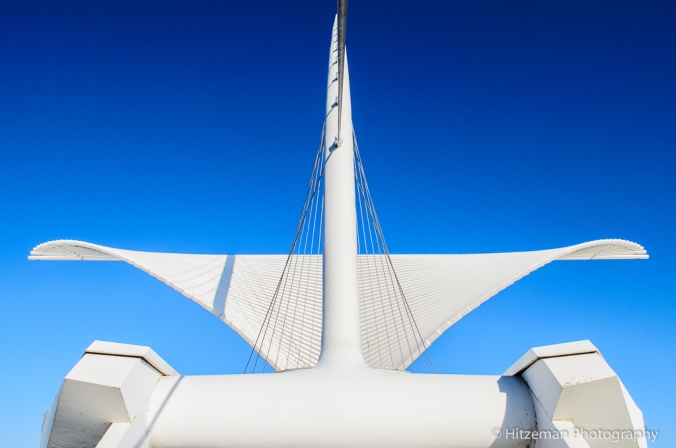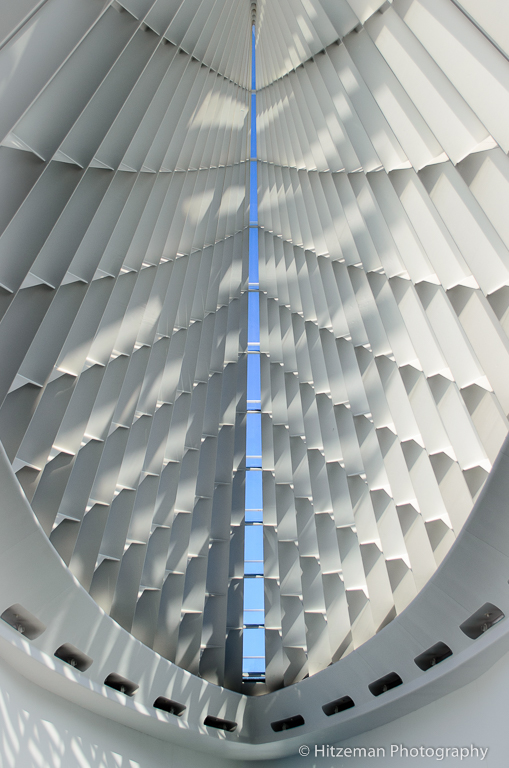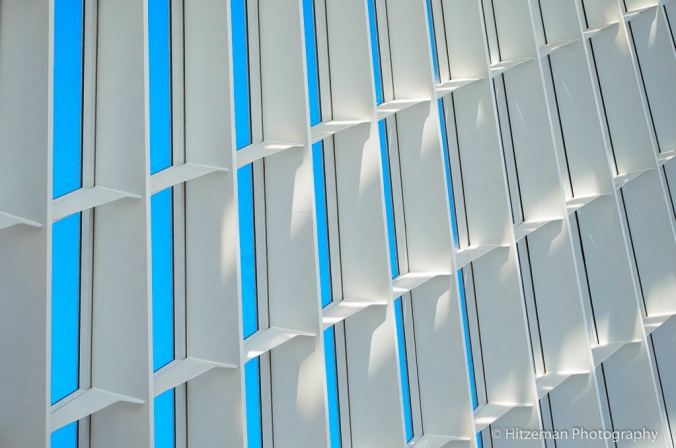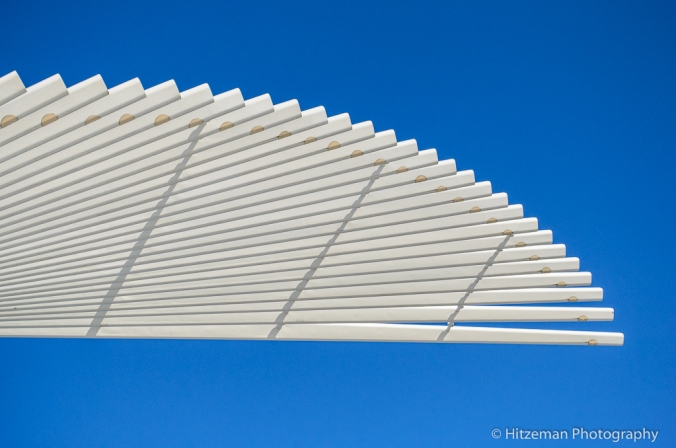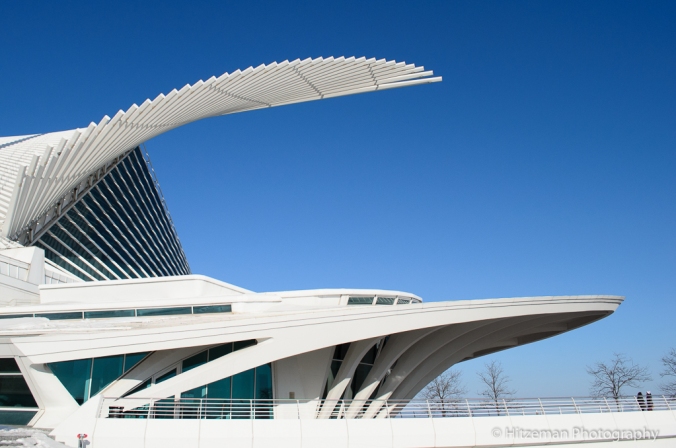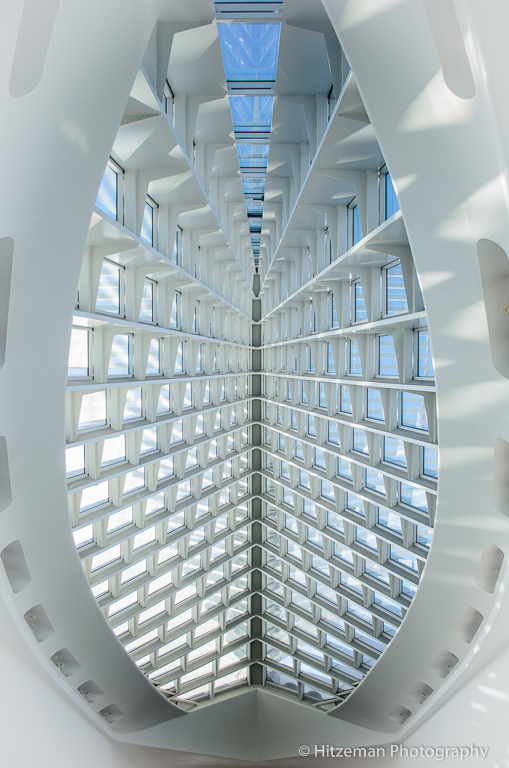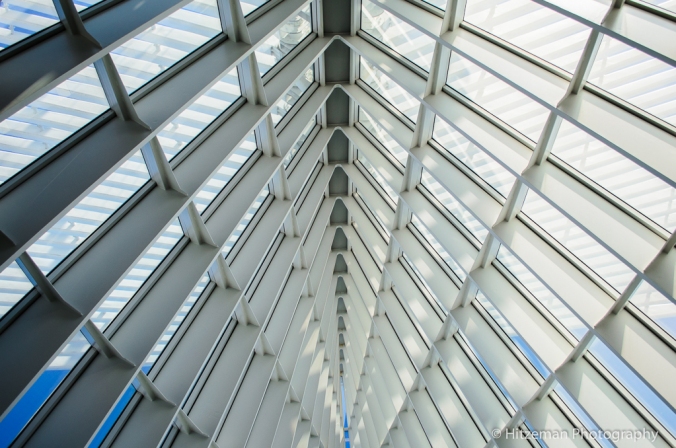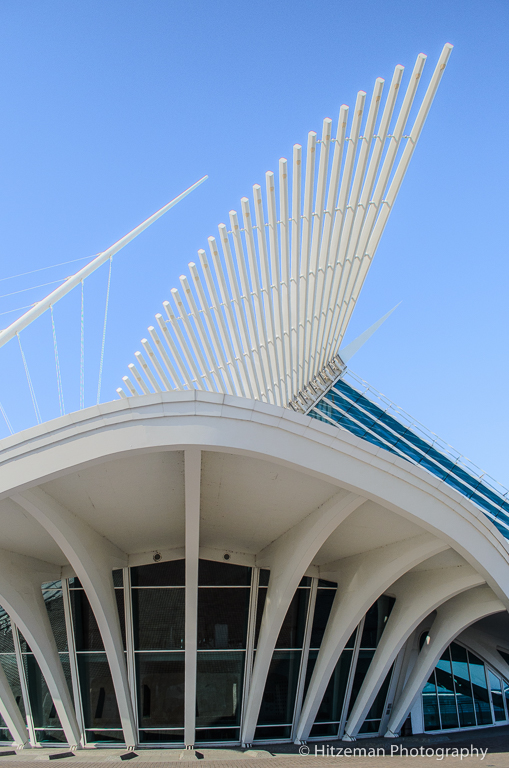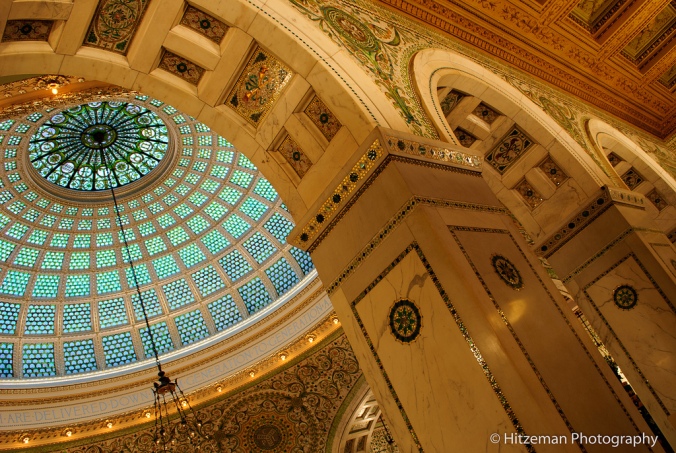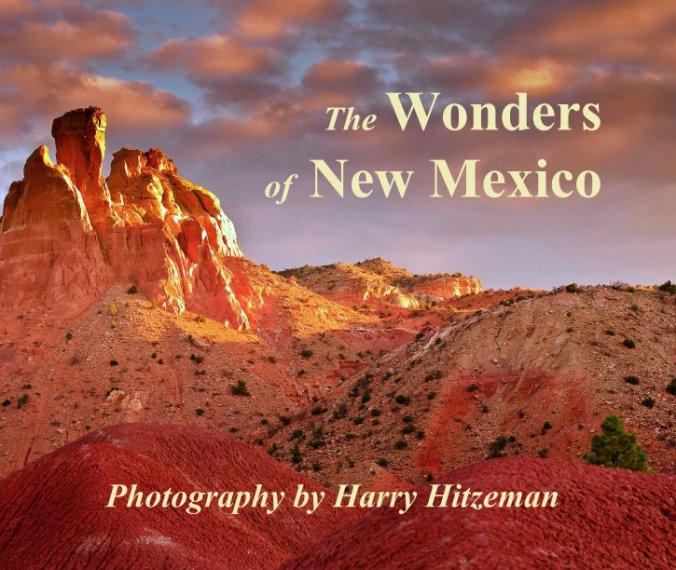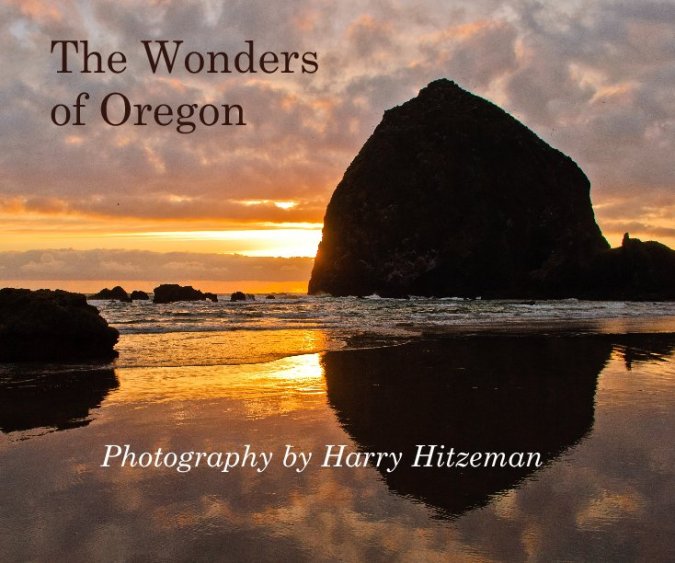“Through the captured imagery of light, photography allows us to hold fast to one fleeting, ever so precious, moment in time.
~ Howard Simmons. Photographer
Photographing beautiful places in nature in beautiful light has been a passion of mine all my life. These photographs capture a precious moment in time, and my brain, my emotions, also somehow capture moments in time that I did not intend to keep. They may have been hurtful. I may have misjudged people. I may have broken a meaningful relationship. And those memories are still in my mind. They are not precious.
Today, as I think back on the people I may have hurt unjustly, I also wonder whether I can repair that now. What does it mean to be a lifelong friend if I am kicking people to the curb, as if they were nothing to me then. How can I today, years later, harness the power of love—Oneness—in my heart and head?
Perhaps I can look back at those moments with different lenses or filters on my eyes? Perhaps I can change the Lighting of memories that are captured in my head and heart? Perhaps I can edit or post-process or transform the image I have of them, and forgive them, forgive myself?
Perhaps I can recreate the love between us that we used to have.
A river can stop flowing or be rerouted if we allow the stones to accumulate in it instead of working to move them out of the way. The following quote helps me to remember this, to speak about a conflict from a perspective of authenticity and compassion, even though I want to avoid conflict.
I felt angry toward my friend.
I told my wrath. My wrath did end.
I felt angry toward my foe.
I told him not. My wrath did grow.
~ William Blake
Is my former friend really a foe, or did my silence make him so?
Today’s set of photos are about bridges. Bridges as a metaphor of how I can travel on them or construct them in my heart and head, to call that former friend I have left behind.
I believe making a phone call is not a bridge too far.









